Supermassive black holes (SMBH) occupy the center of galaxies, with masses ranging from one million to 10 billion solar masses. Some SMBHs are in a bright phase called active galactic nuclei (AGN).
AGNs will eventually burn out since there is a maximum mass limit for SMBHs; scientists have long since pondered when that will be.
Tohoku University’s Kohei Ichikawa and his research group may have discovered an AGN towards the end of its life span by accident after catching an AGN signal from the Arp 187 galaxy.
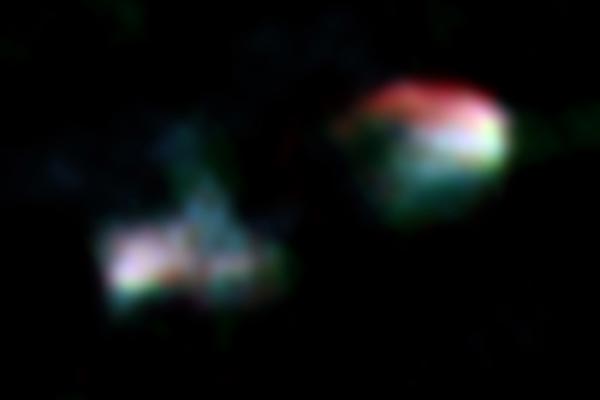
The radio band composite image of Arp 187 obtained by VLA and ALMA telescopes (blue: VLA 4.86 GHz, green: VLA 8.44 GHz, red: ALMA 133 GHz). The image shows clear bimodal jet lobes, but the central nucleus (center of the image) is dark/non-detection. Credit: ALMA (ESO/NAOJ/NRAO), Ichikawa et al.
Through observing the radio images in the galaxy using two astronomy observatories – the Atacama Large Millimeter/submillimeter Array (ALMA) and the Very Large Array (VLA) – they found a jet lobe, a hallmark sign of AGN.
However, they noticed no signal from the nucleus, indicating the AGN activity might be silent already.
Upon further analysis of the multi-wavelength data, they found all the small scale AGN indicators to be silent, while the large-scale ones were bright. This is because the AGN has recently been quenched within the last 3,000 years.
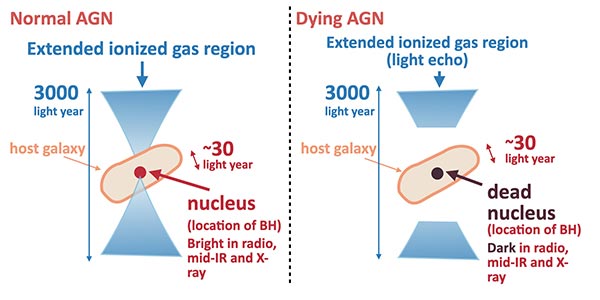
The observational difference between a standard AGN (left) and a dying AGN (right) discovered by this study. In the dying AGN, the nucleus is very faint in any wavelength bands because the AGN activity is already dead, while the extended ionized region is still visible for ~3,000 light years since it takes ~3,000 years for the light to cross the extended region. Credit: Ichikawa et al.
Once an AGN dies off, smaller-scale AGN features become faint because further photon supplies also shut down. But the large scale ionized gas region is still visible since it takes about 3000 years for photons to arrive at the region’s edge. Observing past AGN activity is known as light echoing.
“We used the NASA NuSTAR X-ray satellite, the best tool to observe current AGN activity,” said Ichikawa. “It enables non-detection, so we were able to discover that the nucleus is completely dead.”
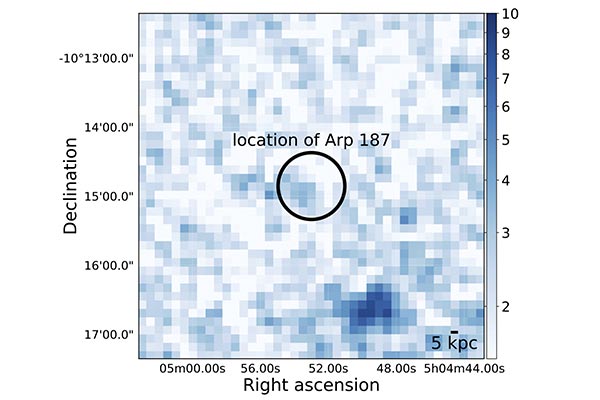
An X-ray (8-24 keV) image of Arp 187 obtained by NASA NuSTAR X-ray satellite. The black circle shows the location of Arp 187, showing a non-detection. Credit: Ichikawa et al.
The findings indicate AGN turn-off occurs within a 3000-year time scale, and the nucleus becomes over 1000 times fainter during the last 3000 years.
Ichikawa, who co-authored a paper for the 238 Meeting of the American Astronomical Society, says they will continue to investigate dying AGNs moving forward. “We will search for more dying AGN using a similar method as this study. We will also obtain the high spatial resolution follow-up observations to investigate the gas inflows and outflows, which might clarify how the shut down of AGN activity has occurred.
Meeting: AAS 238
Funding: Program for Establishing a Consortium for the Development of Human Resources in Science and Technology, JST, JSPS KAKENHI

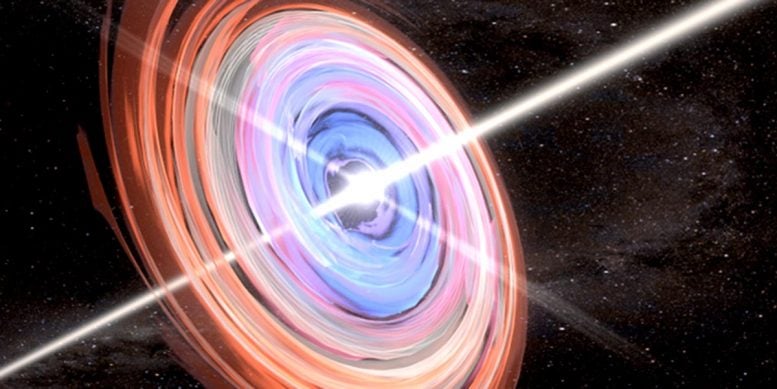






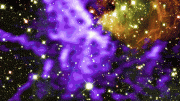

A galaxy in which the nucleus has ceased to exist breaks out of its orbit around the Center of Our Universe and is bound to collide with a neighboring galaxy. Watch.
https://www.youtube.com/watch?v=tFUM3vAlaGc
There is probably a better word to use for this. A ‘dying supermassive black hole’ is about as far as you can take click-bait, at least in that general direction.
Nice post…I love deep space content
Download Latest Mod Apk
So what happens when a blackhole dies?
Hey Frosted Flake, if anything lives up to a click bait name, it’s deep space. Science always gives extreme and quirky names to extreme and quirky things. It’s actually good English. If anything deserves such a name, it would be a black hole the mass of more than a million suns. It’s hyperbole that even Shakespeare can’t match.
Big♻️♾♻️♾ bang 💣vacuum in 🗯💥🔥🗯💧💥believe 1 n 2 o1o1o1andso on vacuum out. Winds movement
Hey Science Lover…
The click-bait Frosty was referring to, i’m pretty sure, is the word ‘dying’ not smbh. Since black holes (real cf. theoretical Kugelblitz) can’t realistically die, or cease to exist (only merge).
They only THINK they know’the reality of it is it’s all only theory’s’they said things before then years later tell you they was wrong an it’s something else that causes this or that to happen